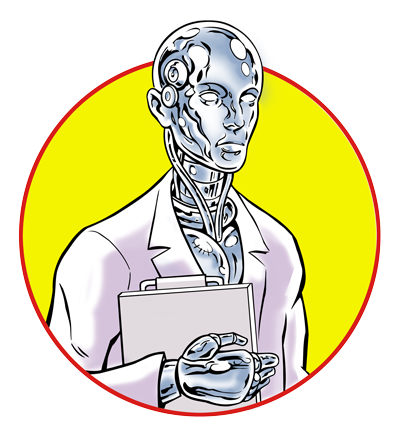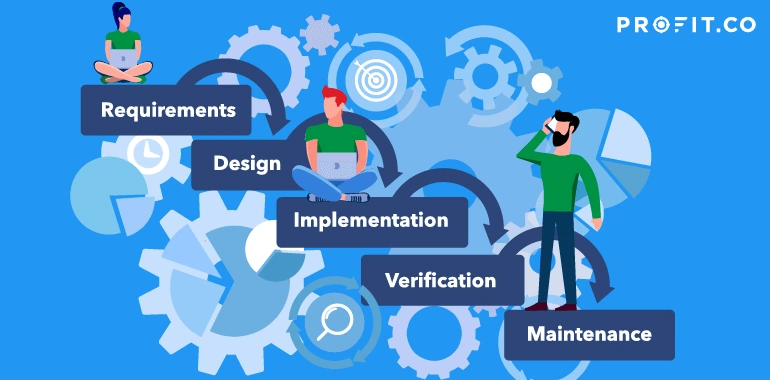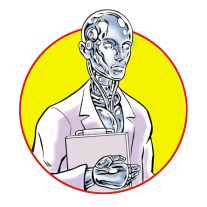Published 2025-10-12.
Time to read: 3 minutes.
llm collection.
Fresh from my first non-trivial development experience using LLMs, I had a newly remembered respect for the importance of the long-derided waterfall programming techniques; where up-front planning and thorough documentation are seen as requirements for good outcomes.
In the summer after I graduated high school in 1974 I decided to really learn how to write FORTRAN IV. Waterfall project management techniques were preached to all engineering acolytes. “Agile” would not become a term used in computer science for another twenty years.
Agile in its current form has deviated considerably from what was described in the Agile Manifesto. Rather early on, Agile as implemented in the corporate work environment de-emphasized all forms of formal planning (including architectural design) and focused on sprints and daily standup meetings. This provided an illusion of control, where programmers were merely fungible full-time-equivalents. Sprints and standups were never part of the Agile Manifesto, and they have no place with AI-assisted programming either.
AI-assisted planning flips the traditional waterfall approach on its head. Instead of a single, rigid plan dictated from the top, it promotes a continuous cycle of planning, acting, and reviewing driven by the developer, with the AI serving as an intelligent, context-aware collaborator. This aligns with a truer interpretation of the Agile mindset, which values responding to change over following a plan.
To summarize, the sope of waterfall planning encompasses the lifespan of the entire project, while AI planning is focused on a single task or the development of a feature.
Planning in Waterfall Project Management
In traditional waterfall project management, the planning phase is a large, comprehensive, and upfront effort. The goal is to define the entire project's scope, requirements, timeline, and resources before any development work begins.
The planning phase of waterfall project management is a distinct and formal phase that occurs at the very beginning of a project. Planning is the first in a linear sequence of steps: requirements, design, implementation, testing, deployment and maintenance. Each phase must be completed and signed off before the next can begin.
- Extensive planning documents are created, detailing all project requirements, designs, and specifications upfront.
- The plan acts as a fixed blueprint. Any changes to the requirements after the planning phase are difficult, costly, and time-consuming to incorporate.
- Planning is typically performed by a few senior architects or project managers who define the structure for the entire team.
- The plan addresses the entire project from start to finish, which can take months or years.
Planning With AI Assisted Development
In an AI-assisted environment, planning is a continuous, iterative, and highly contextual process.
For example, cursor.html is not a public page yet
formalizes a dynamic approach to planning.
- The plan evolves as the developer builds and refines the software. The AI generates an initial plan that can be reviewed, edited, and refined by the developer in an interactive virtual editor.
- Before generating a plan, the AI’s agent researches the existing codebase to provide context. It pulls in relevant file paths, code snippets, and documentation to inform the plan, making it highly specific to the project.
- The AI-generated plan is broken down into small, actionable tasks with code references, providing a detailed roadmap for immediate implementation.
- The developer maintains full control over the plan and its execution. They can request the AI to generate a plan, edit it as needed, and then execute it piece by piece, treating the AI as a collaborator rather than an infallible oracle.
- Planning occurs right when it's needed for a specific task or feature, not as a large, upfront project phase. The AI can be prompted to generate a new plan for a feature or a refactor at any point.















